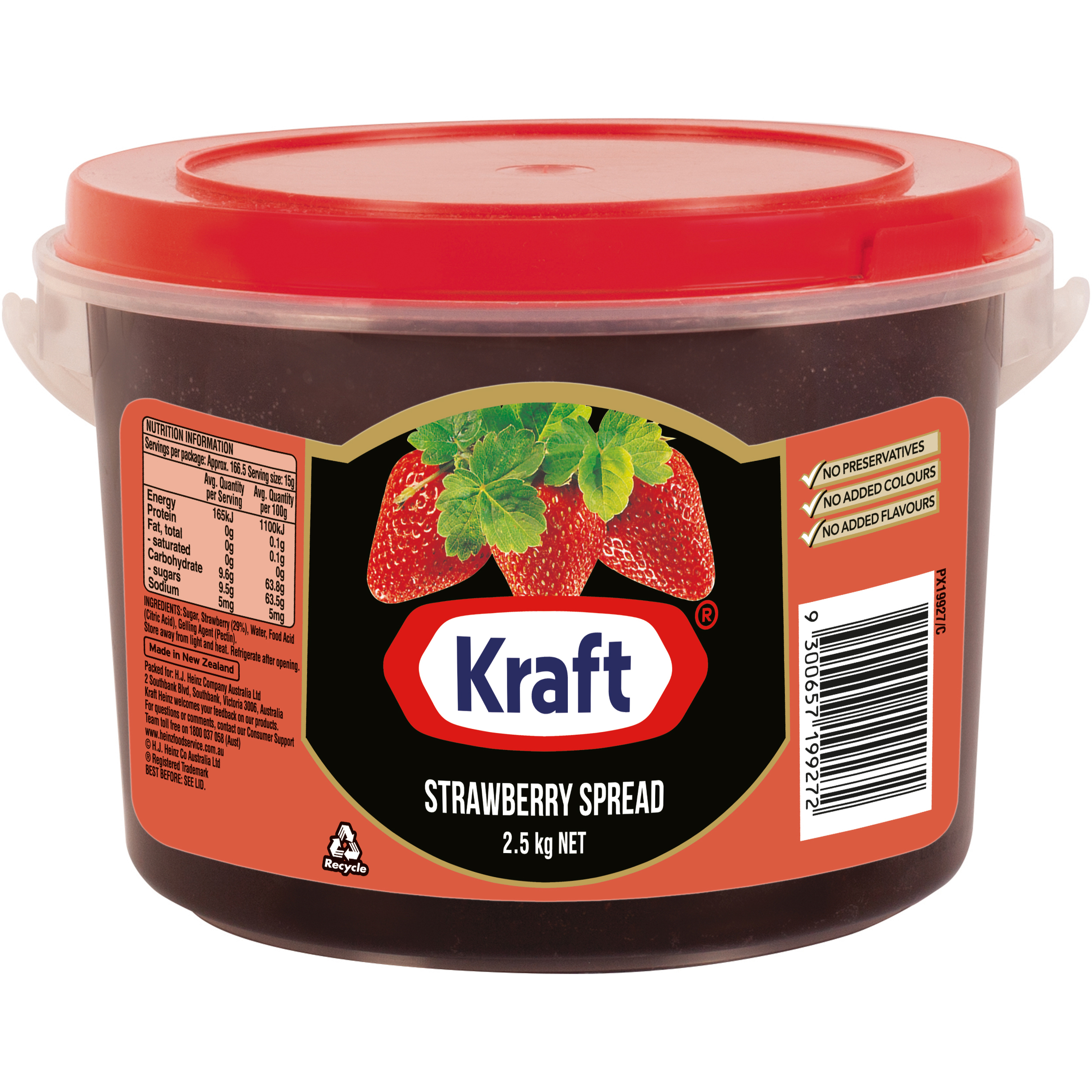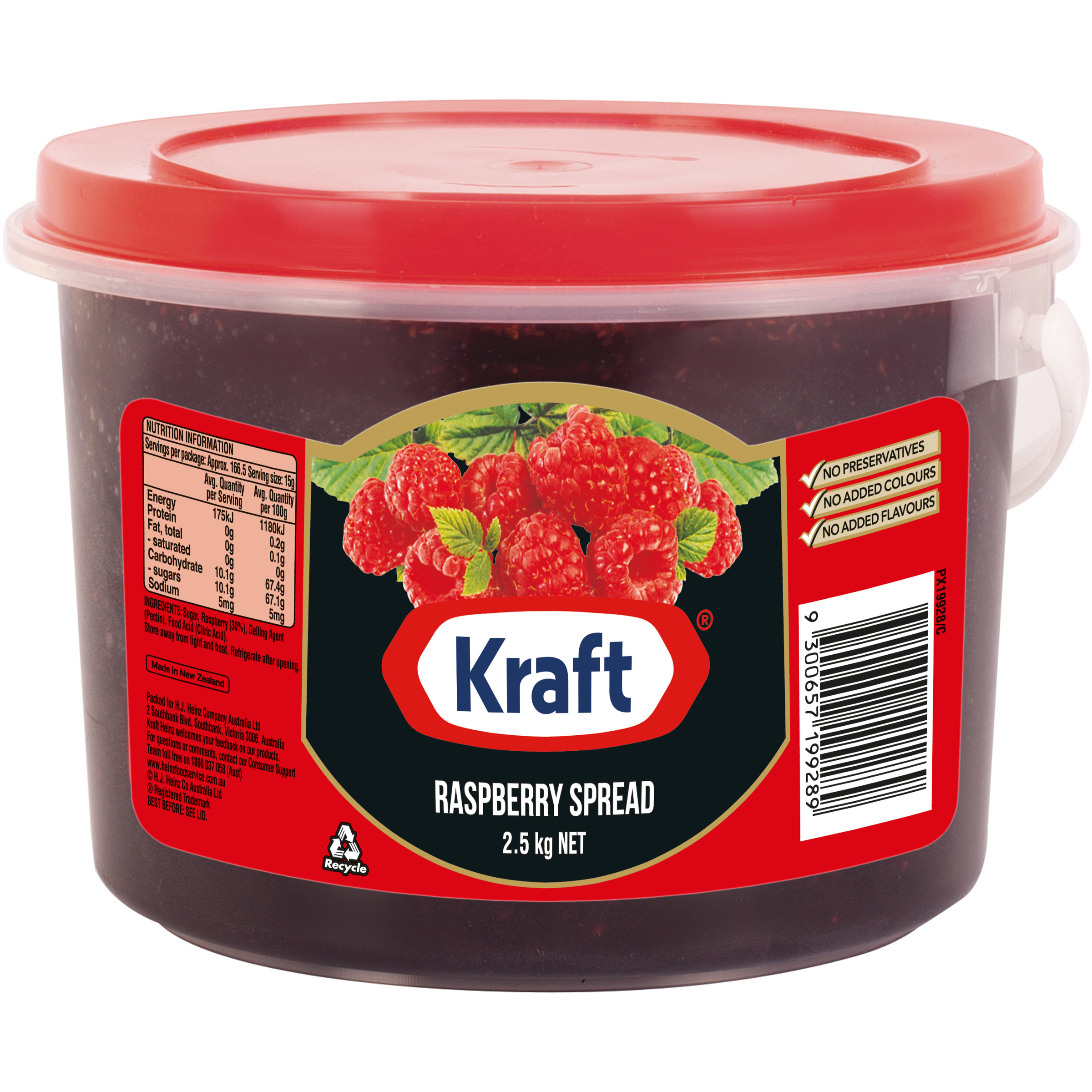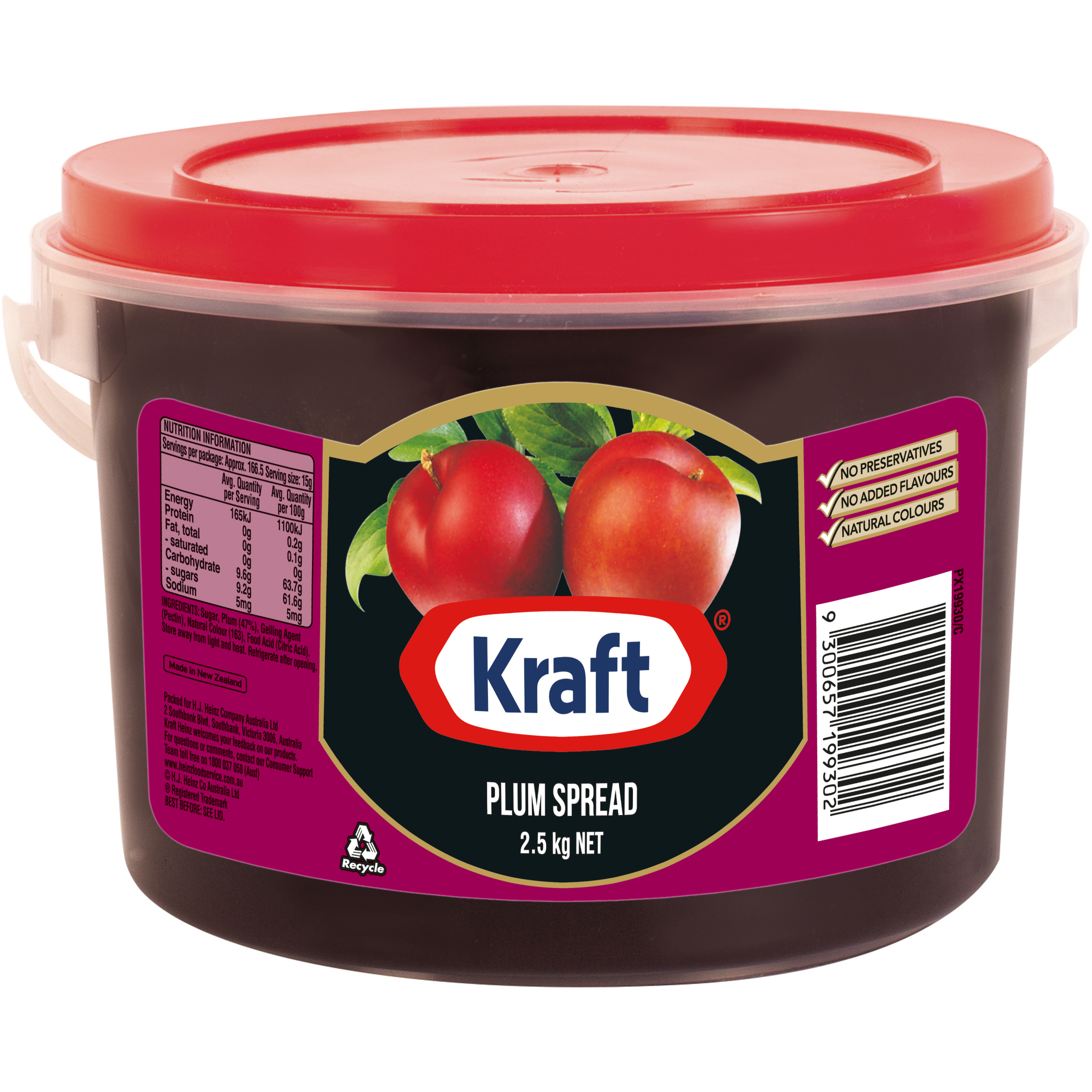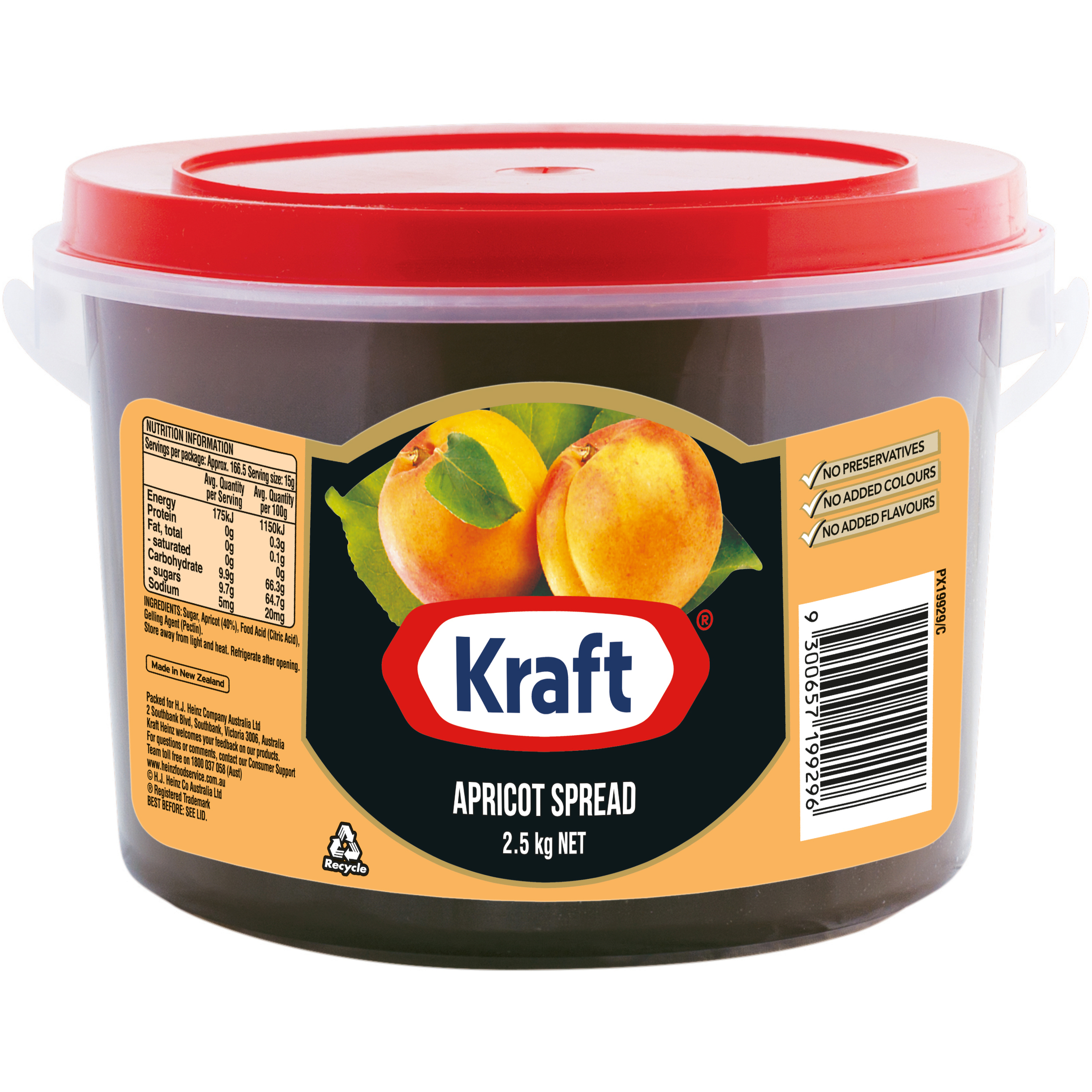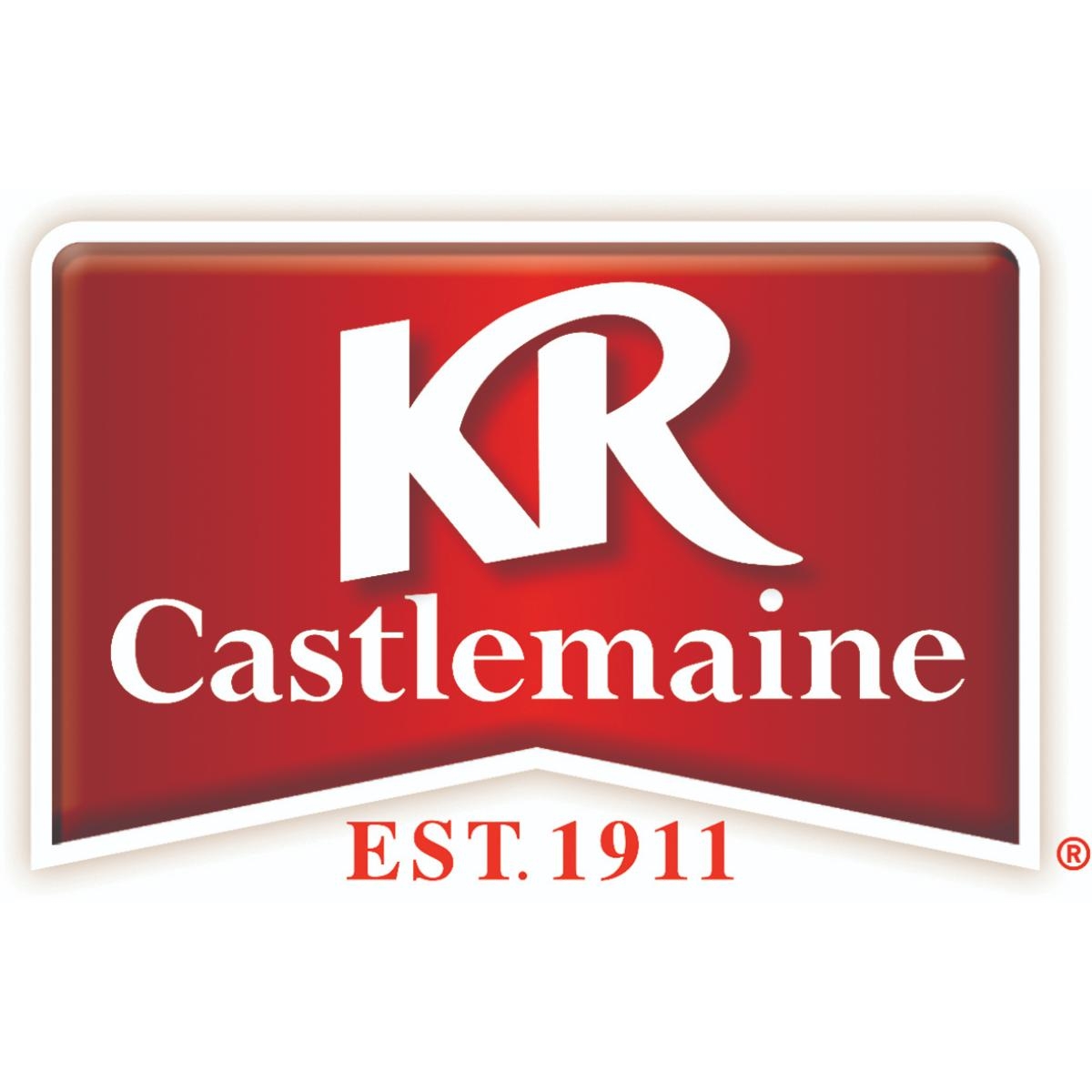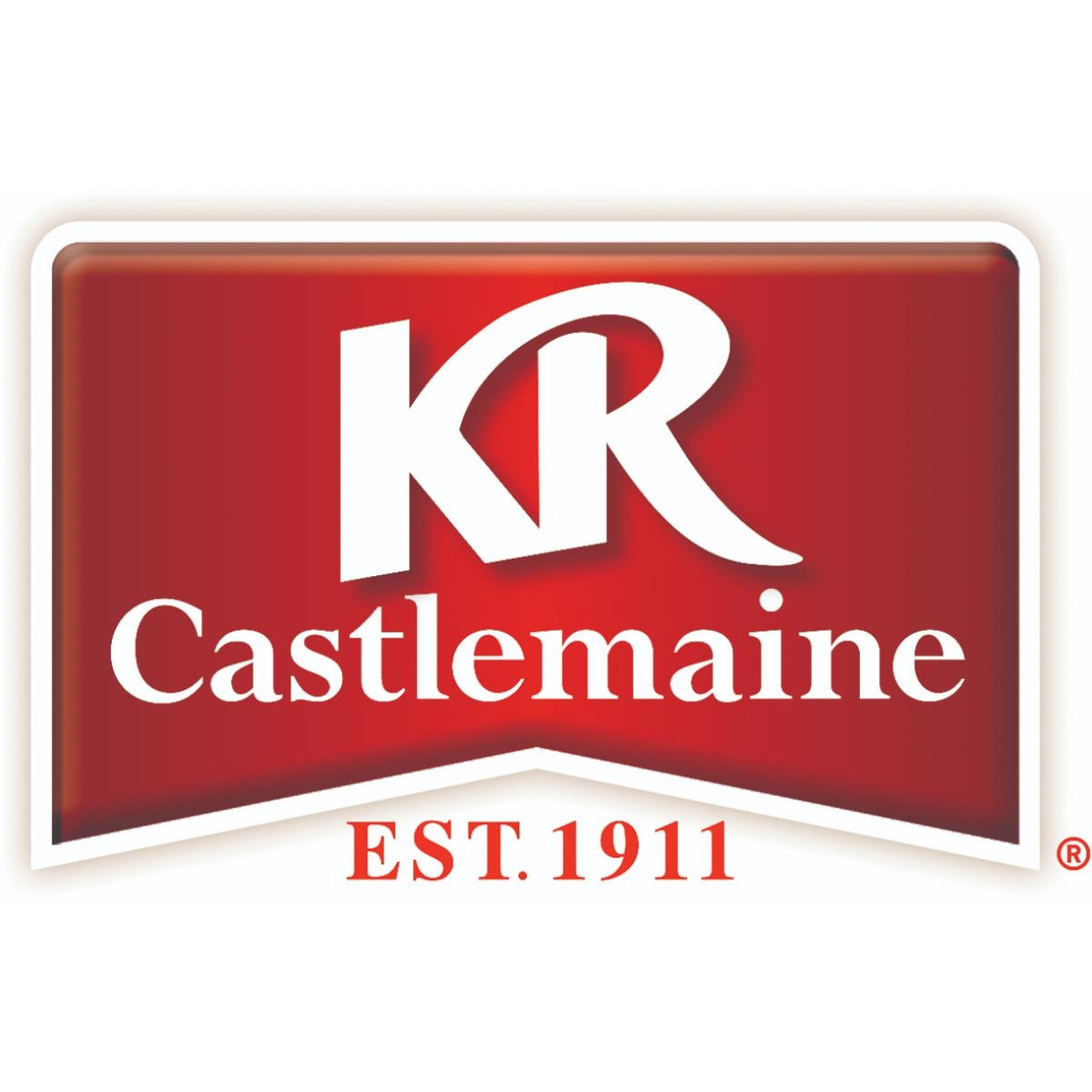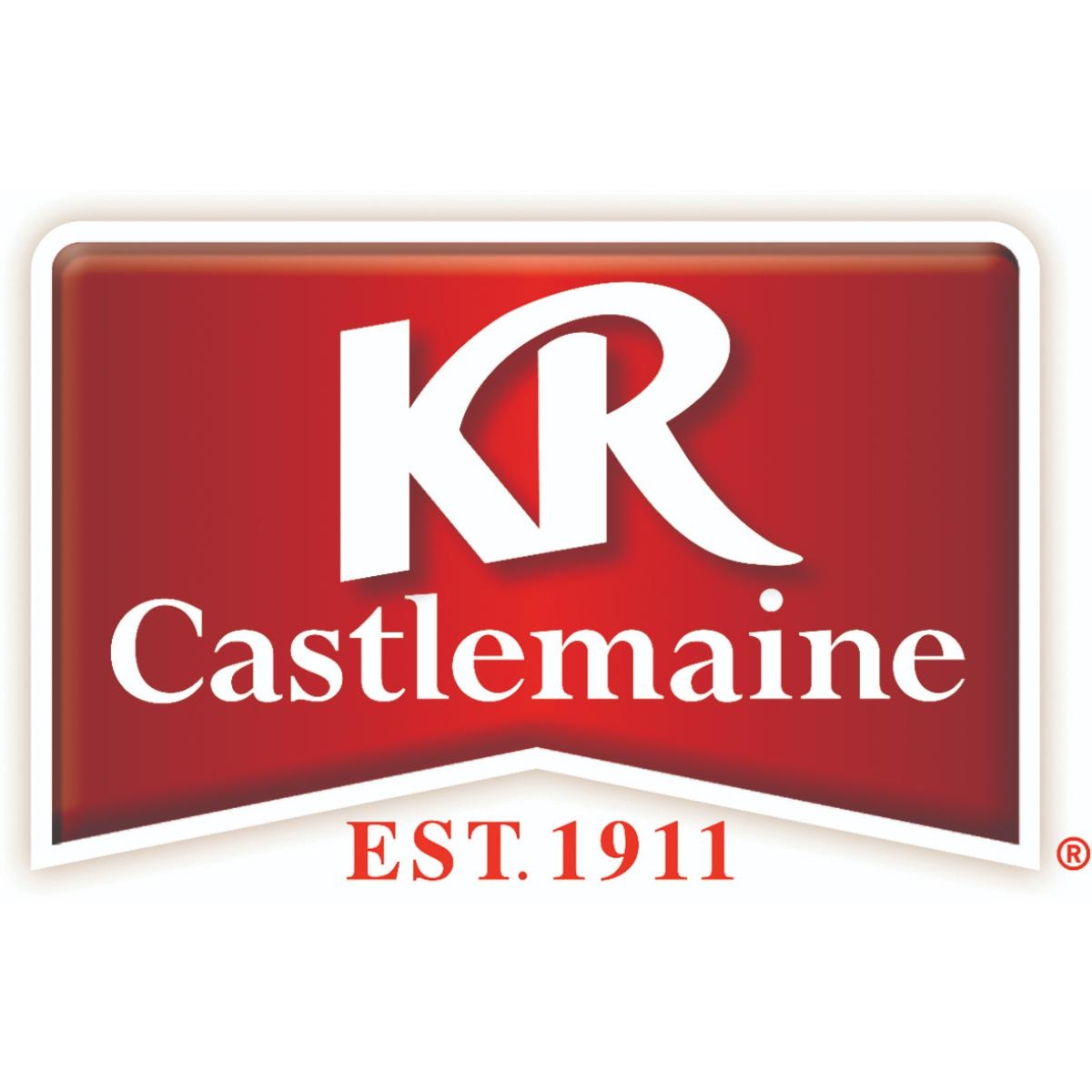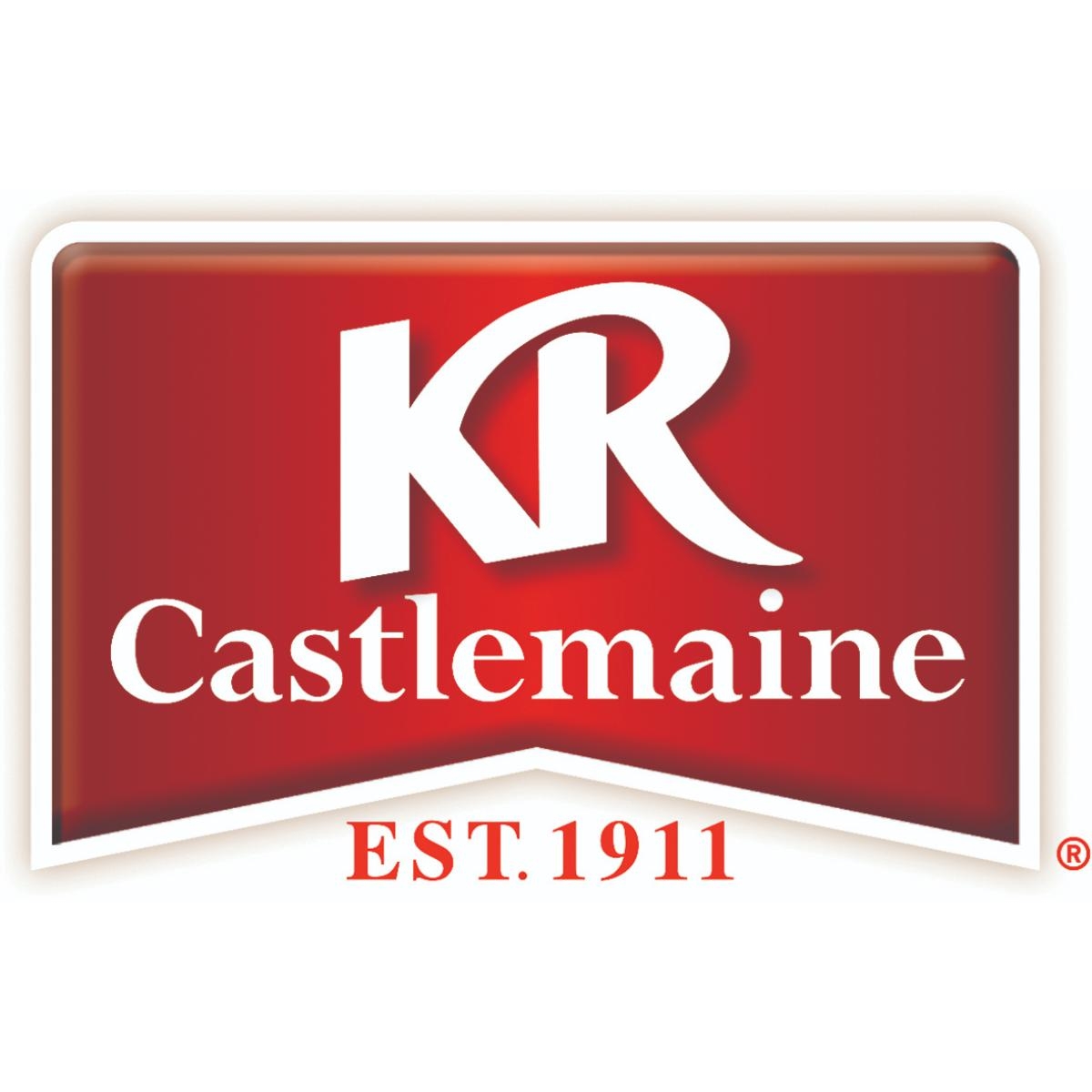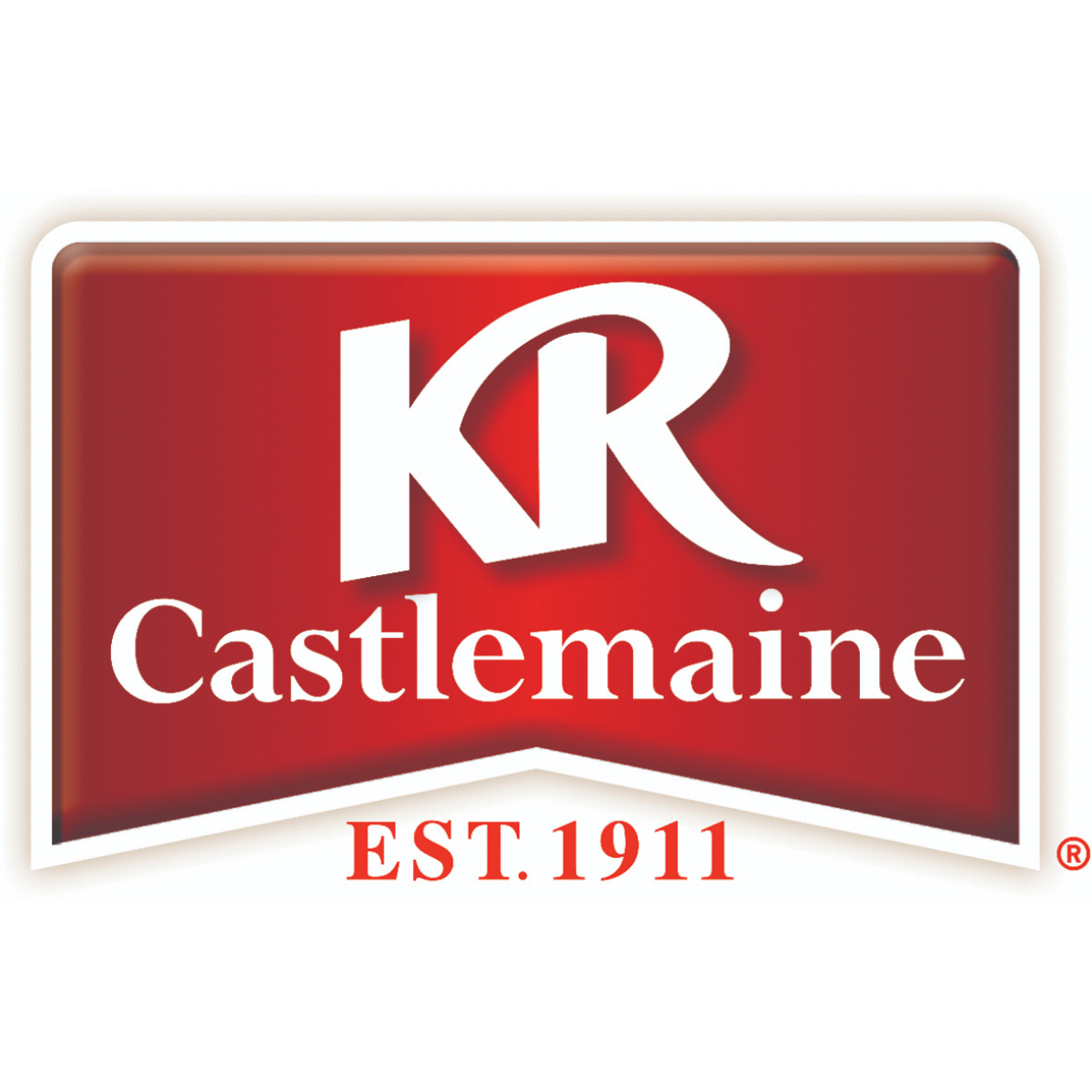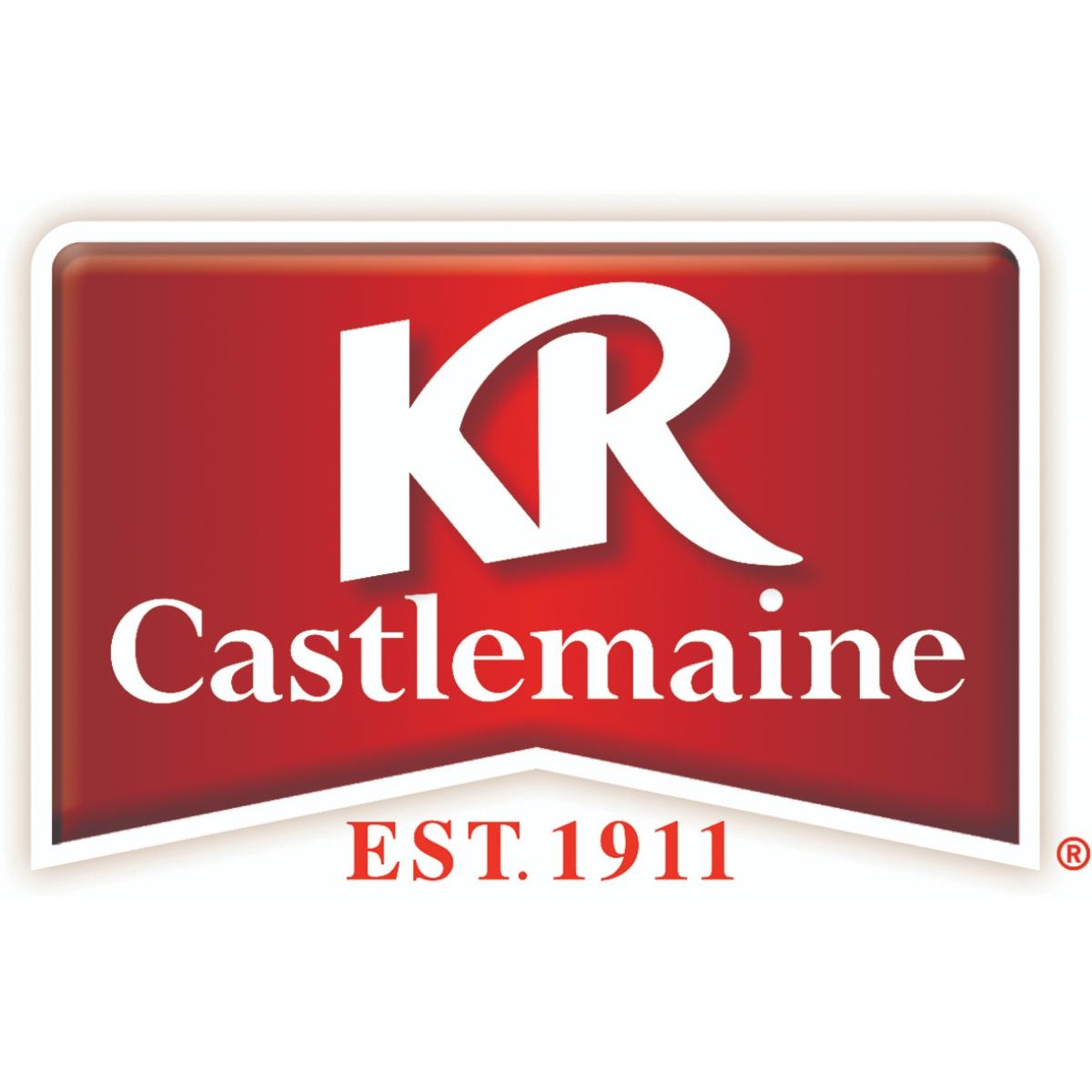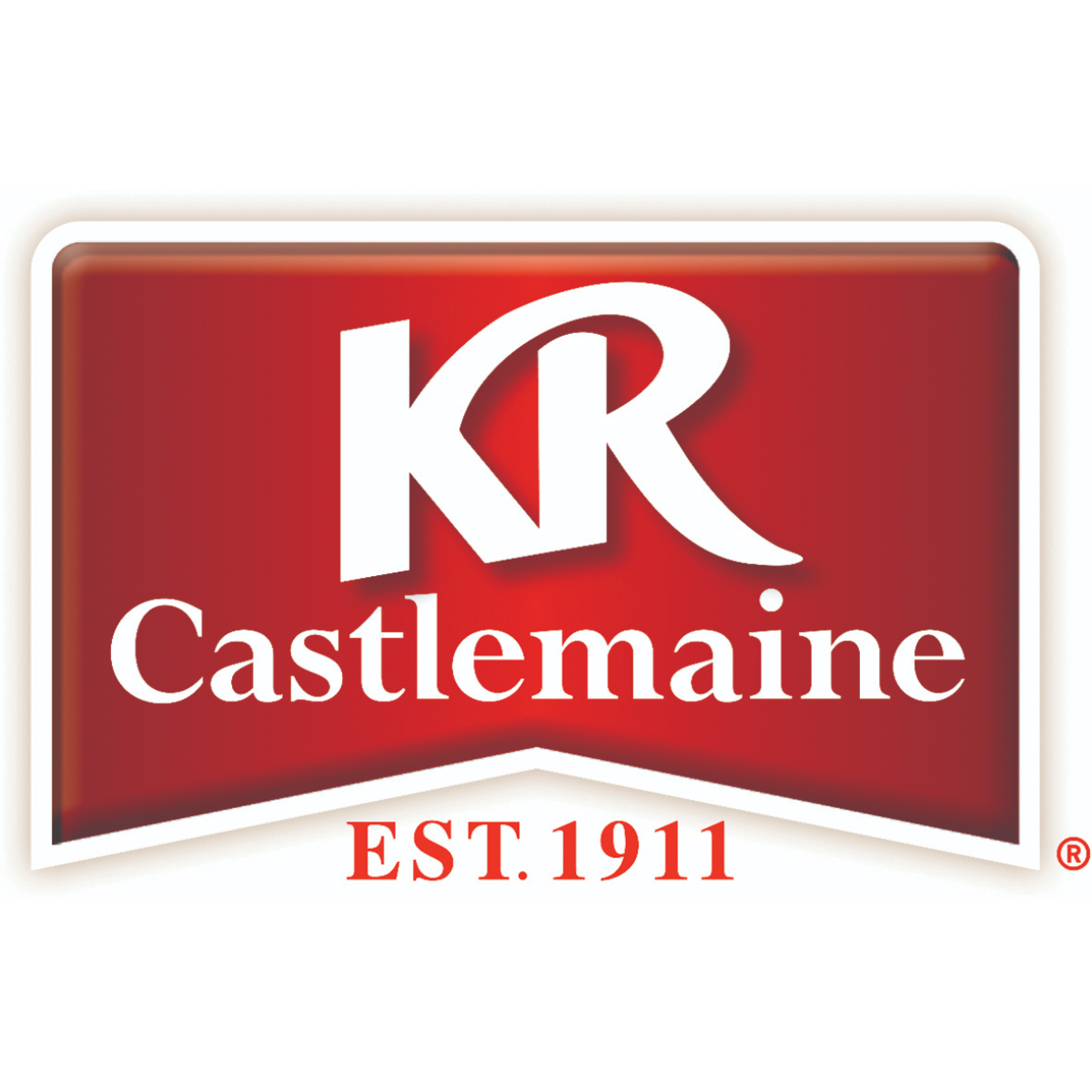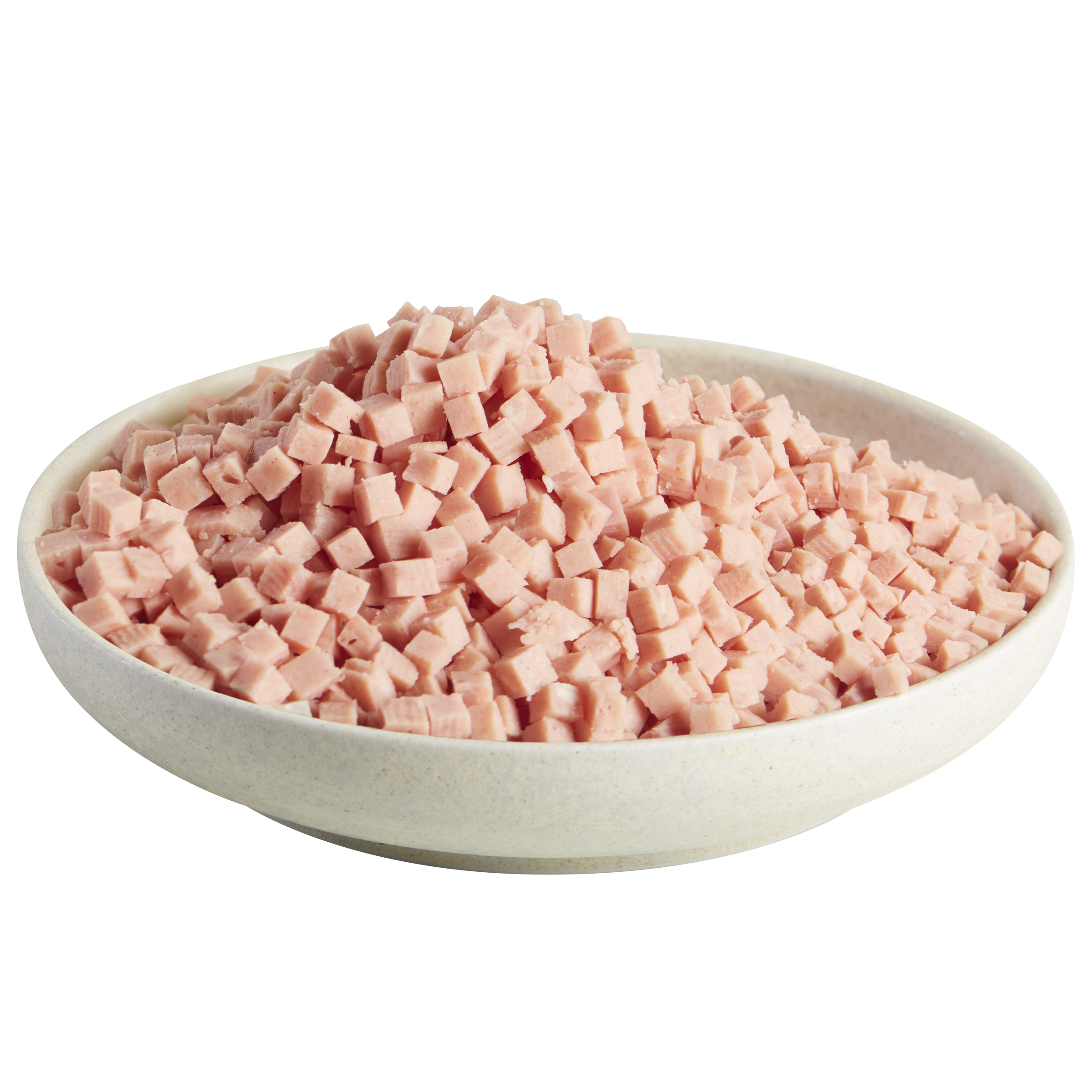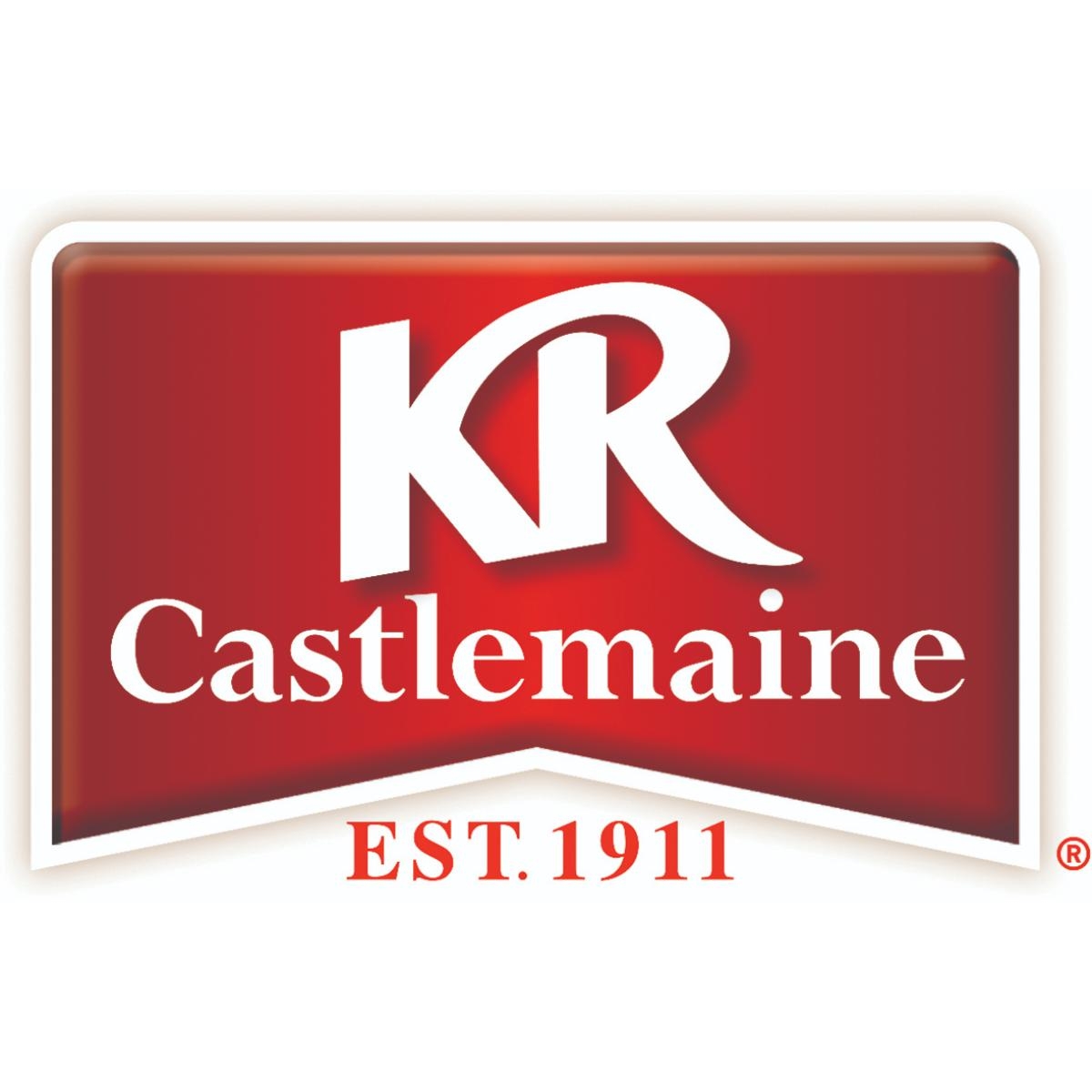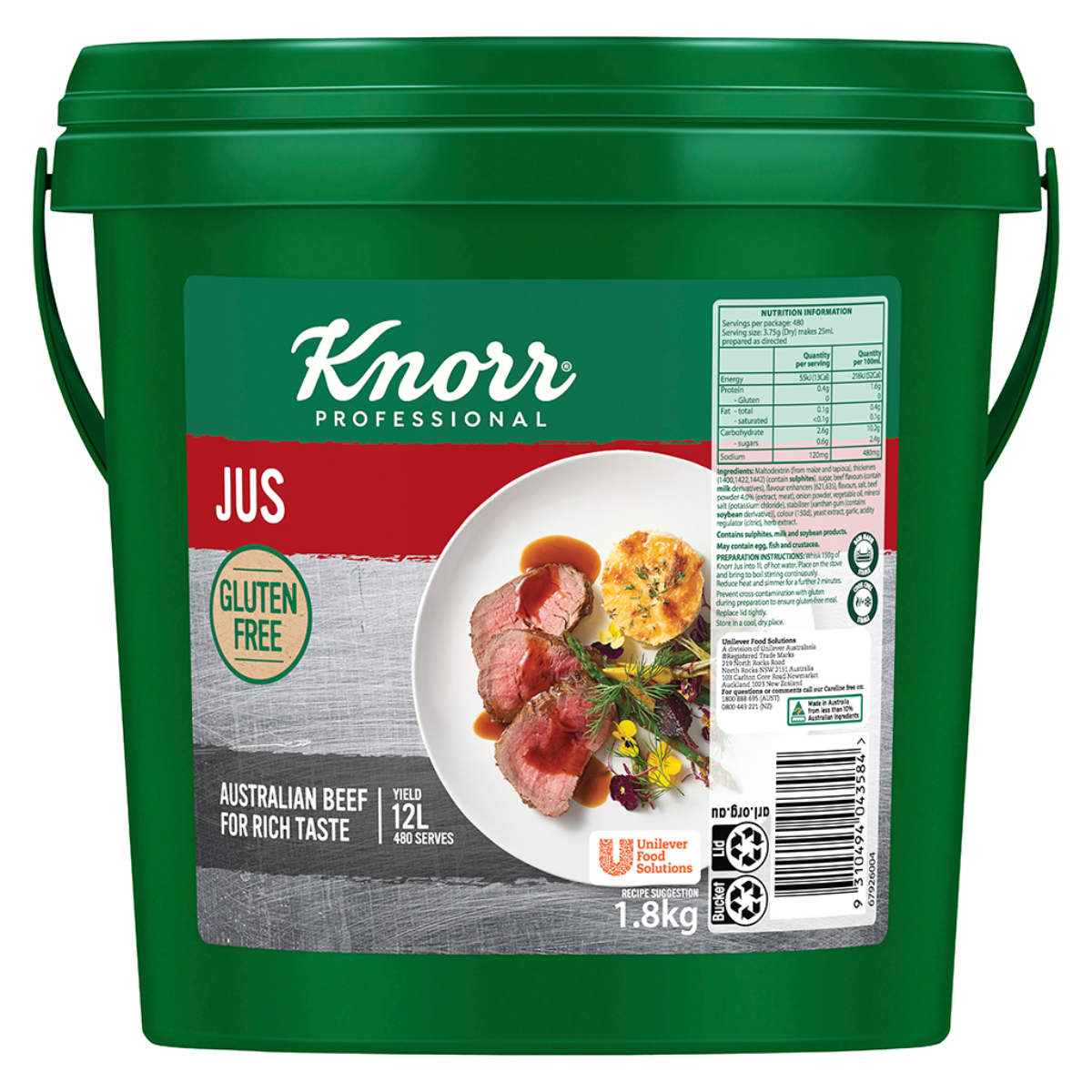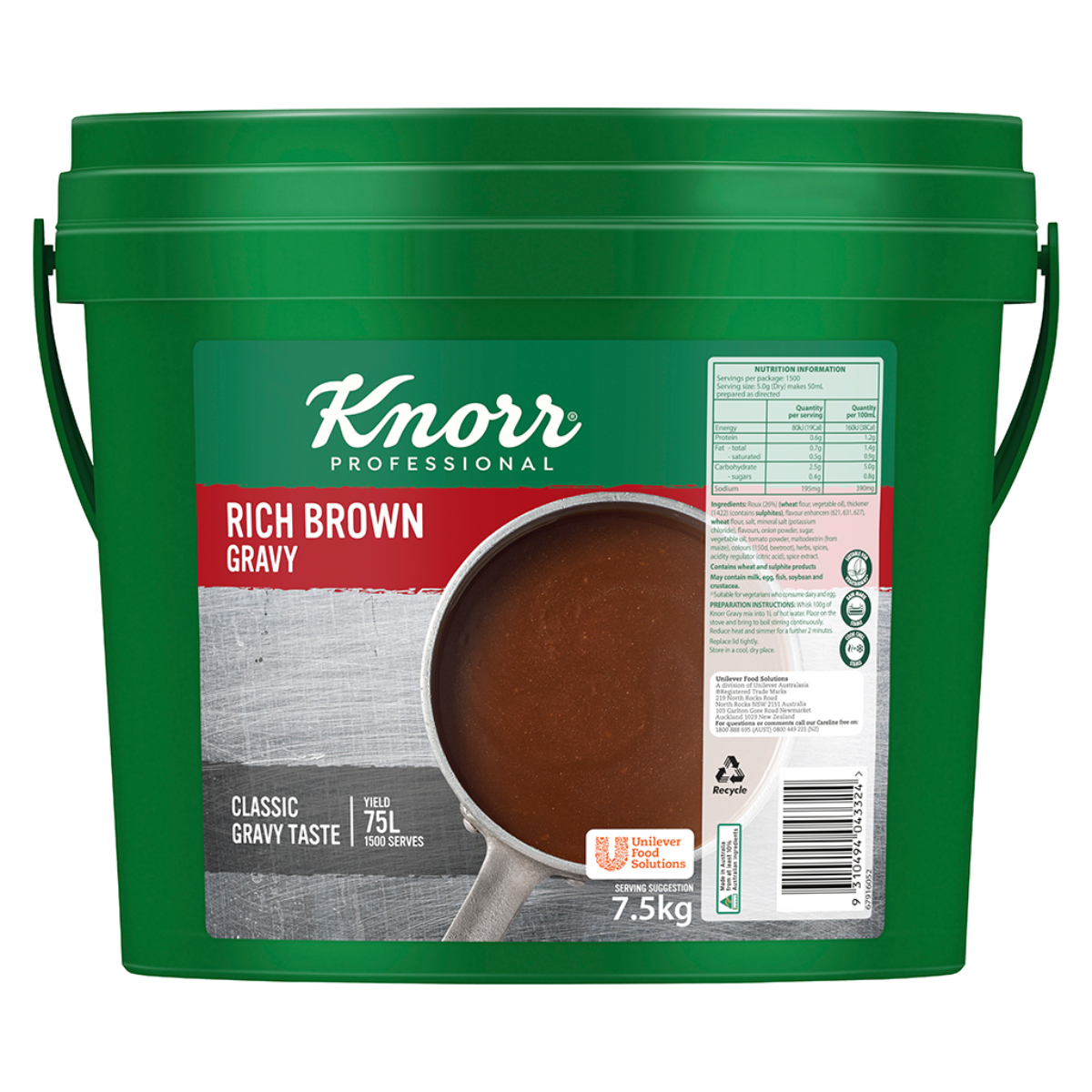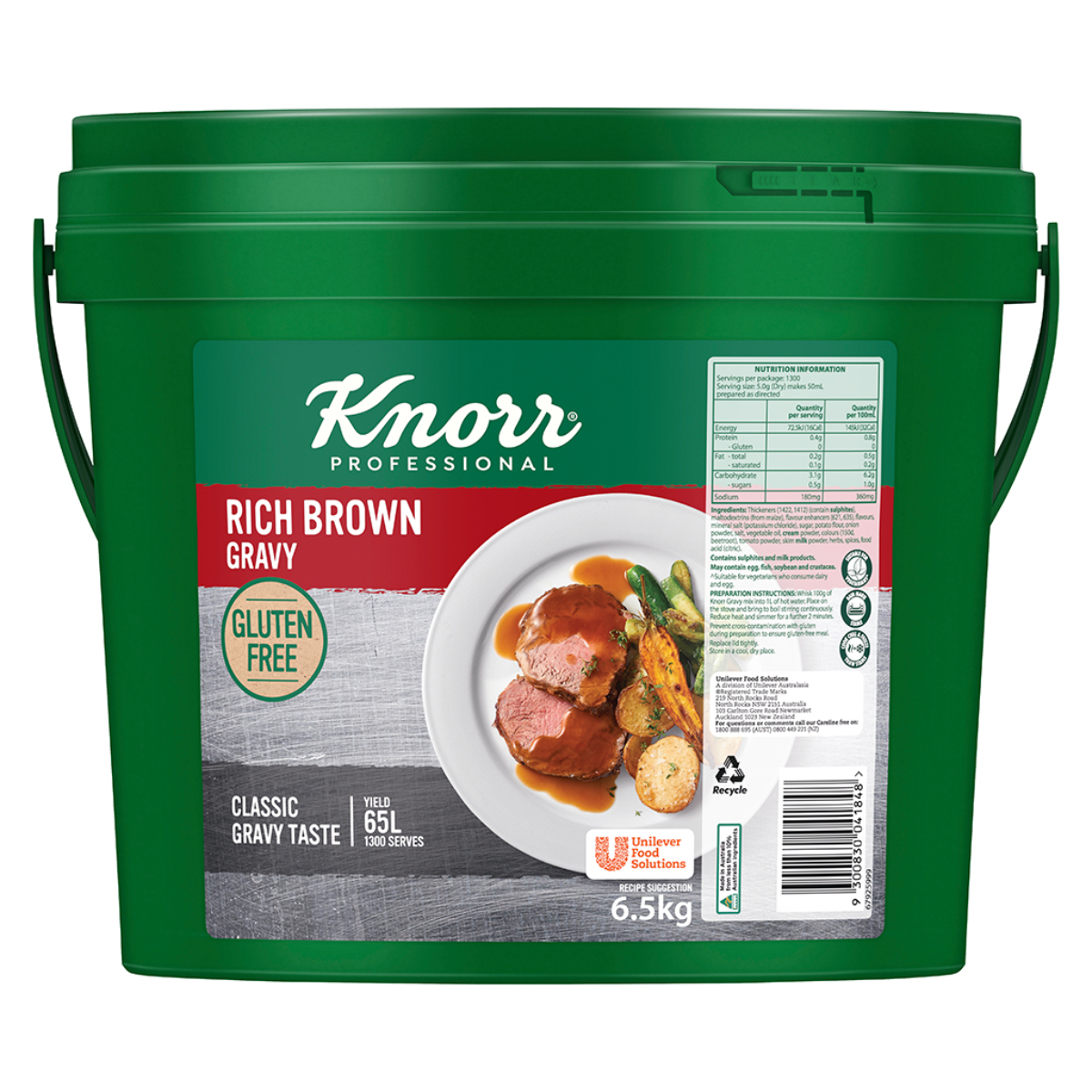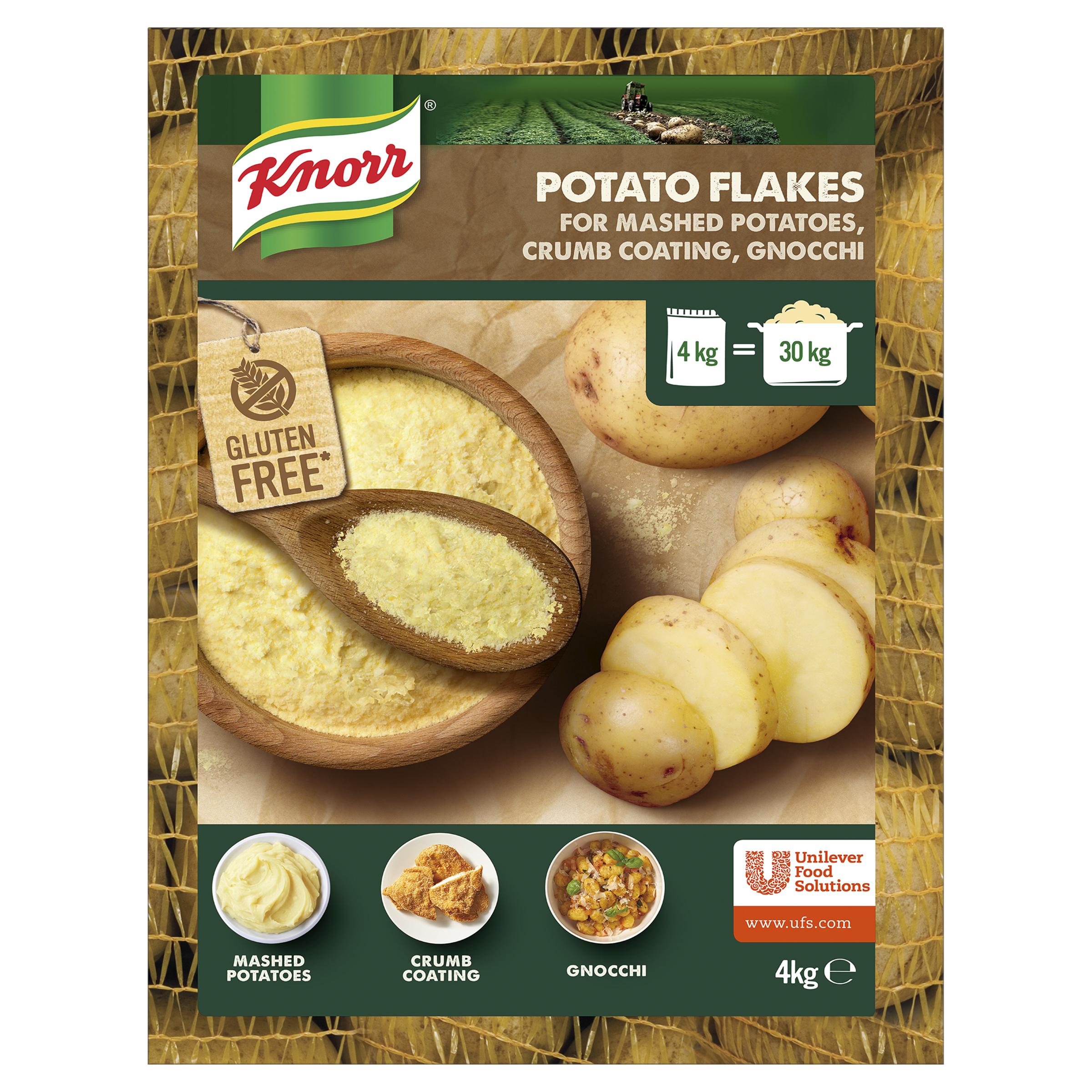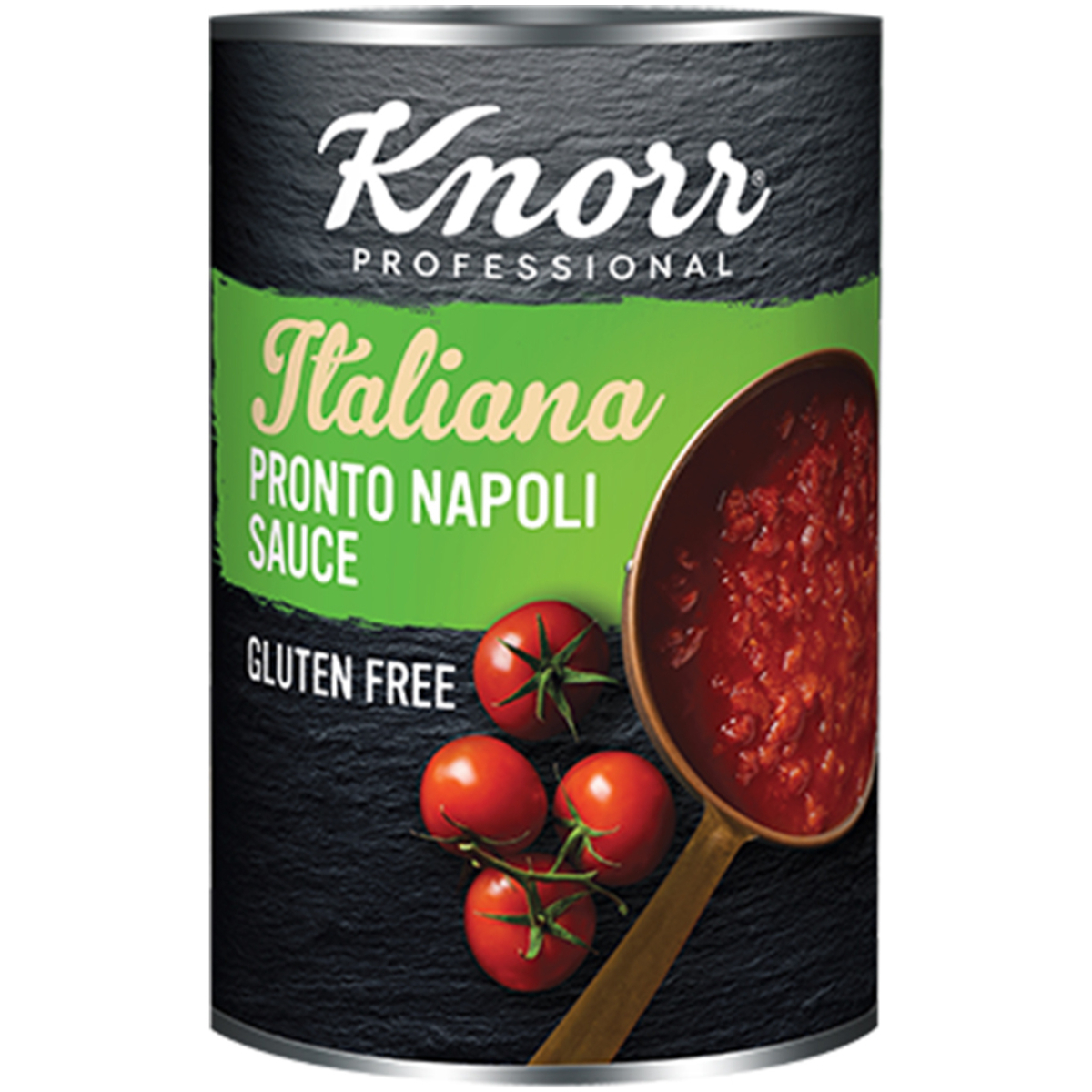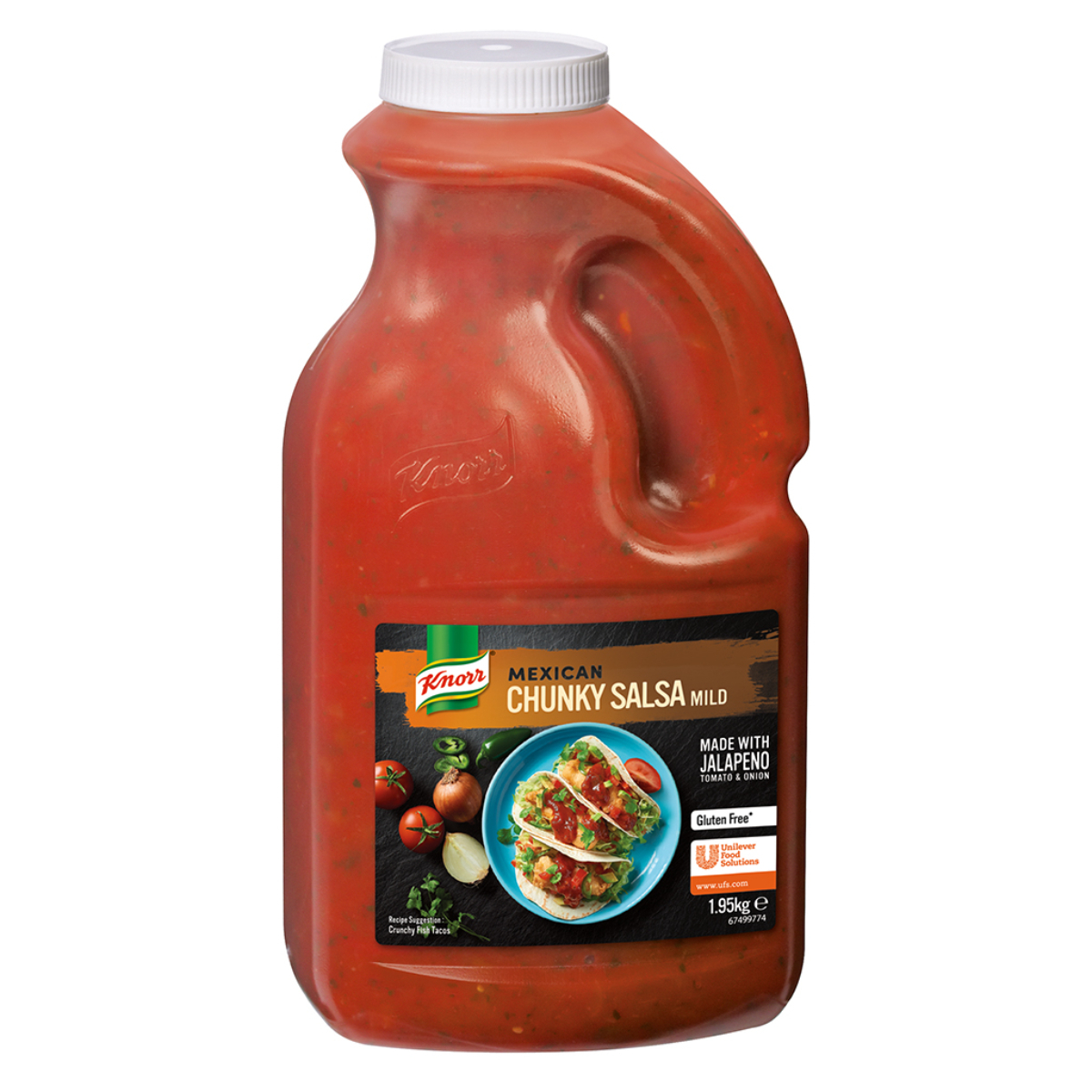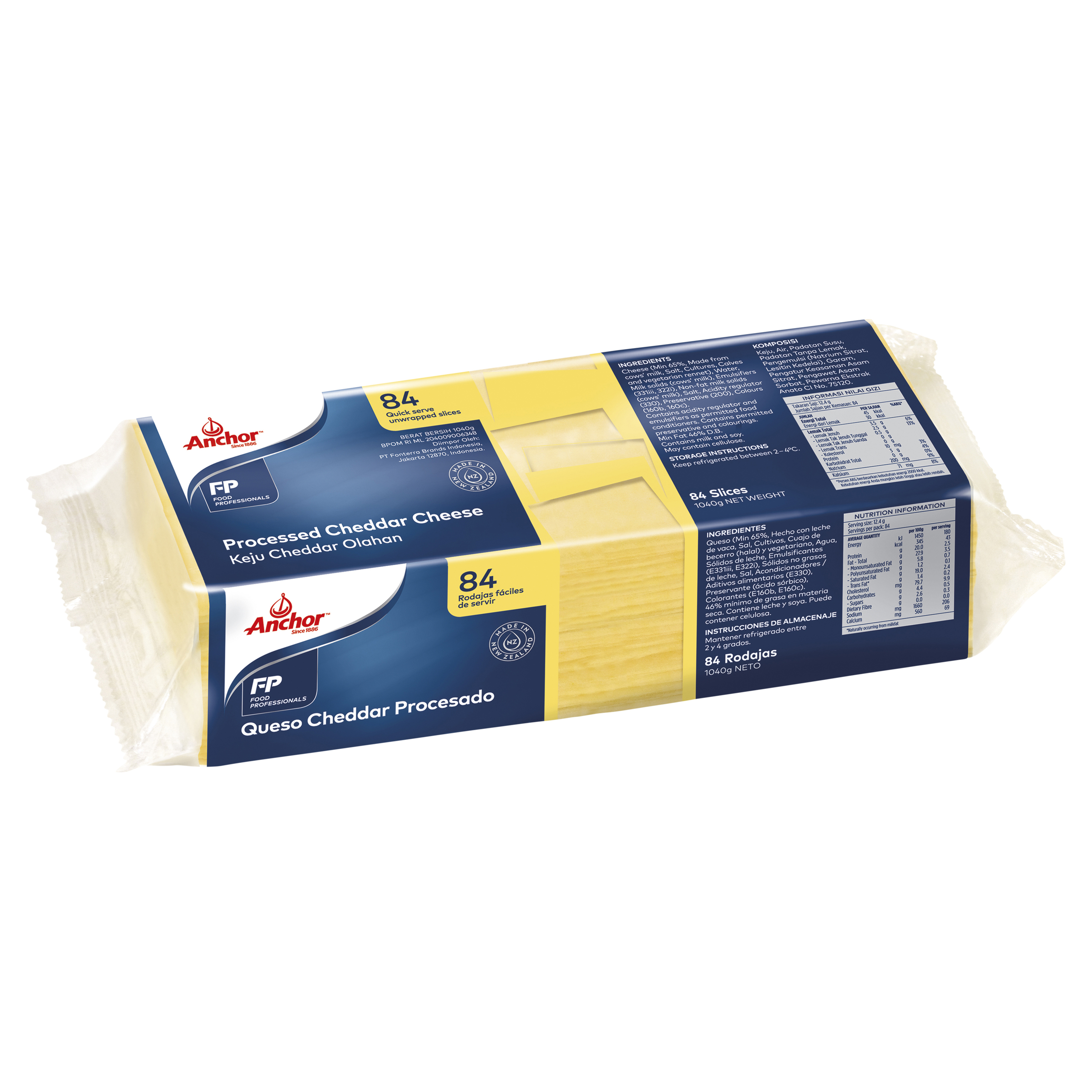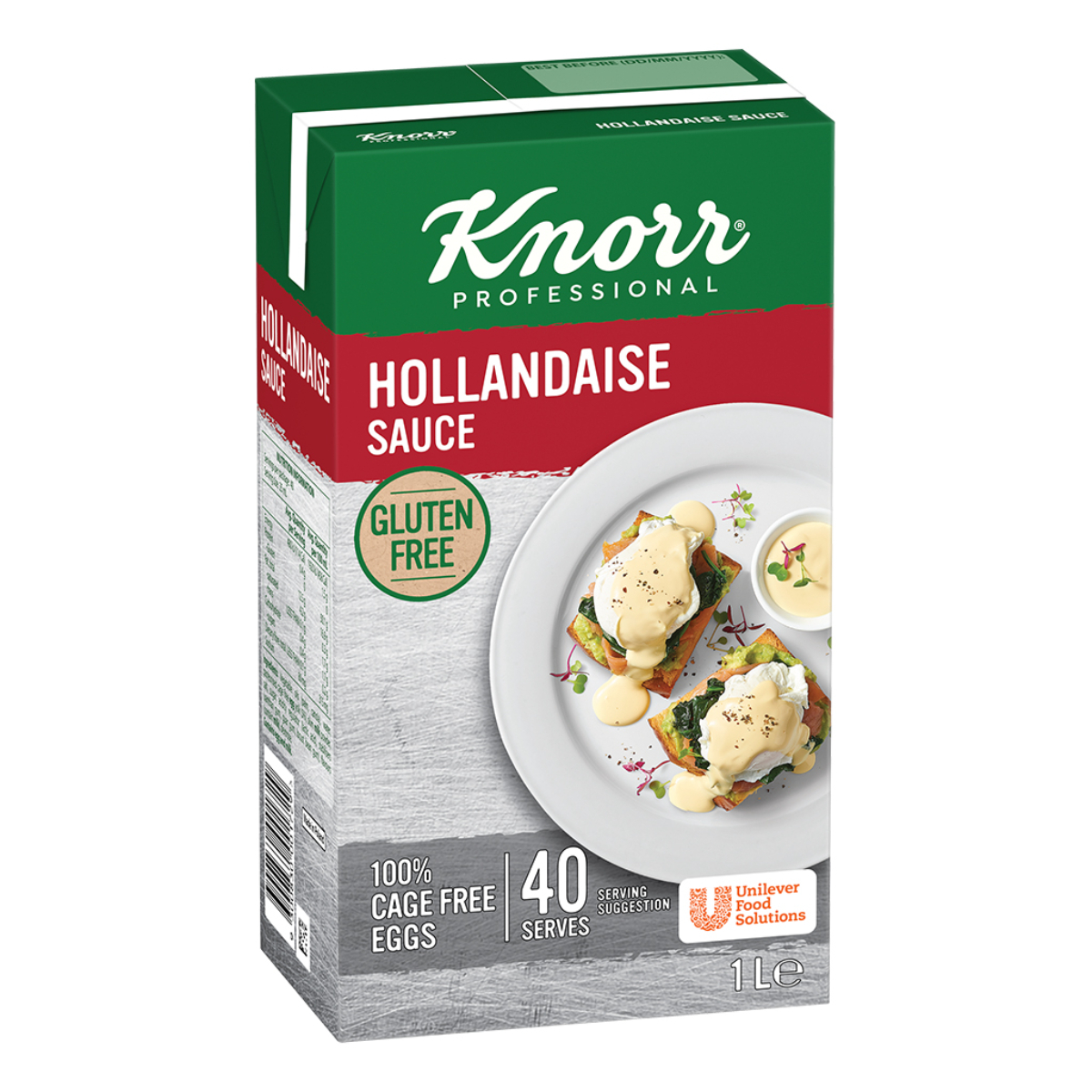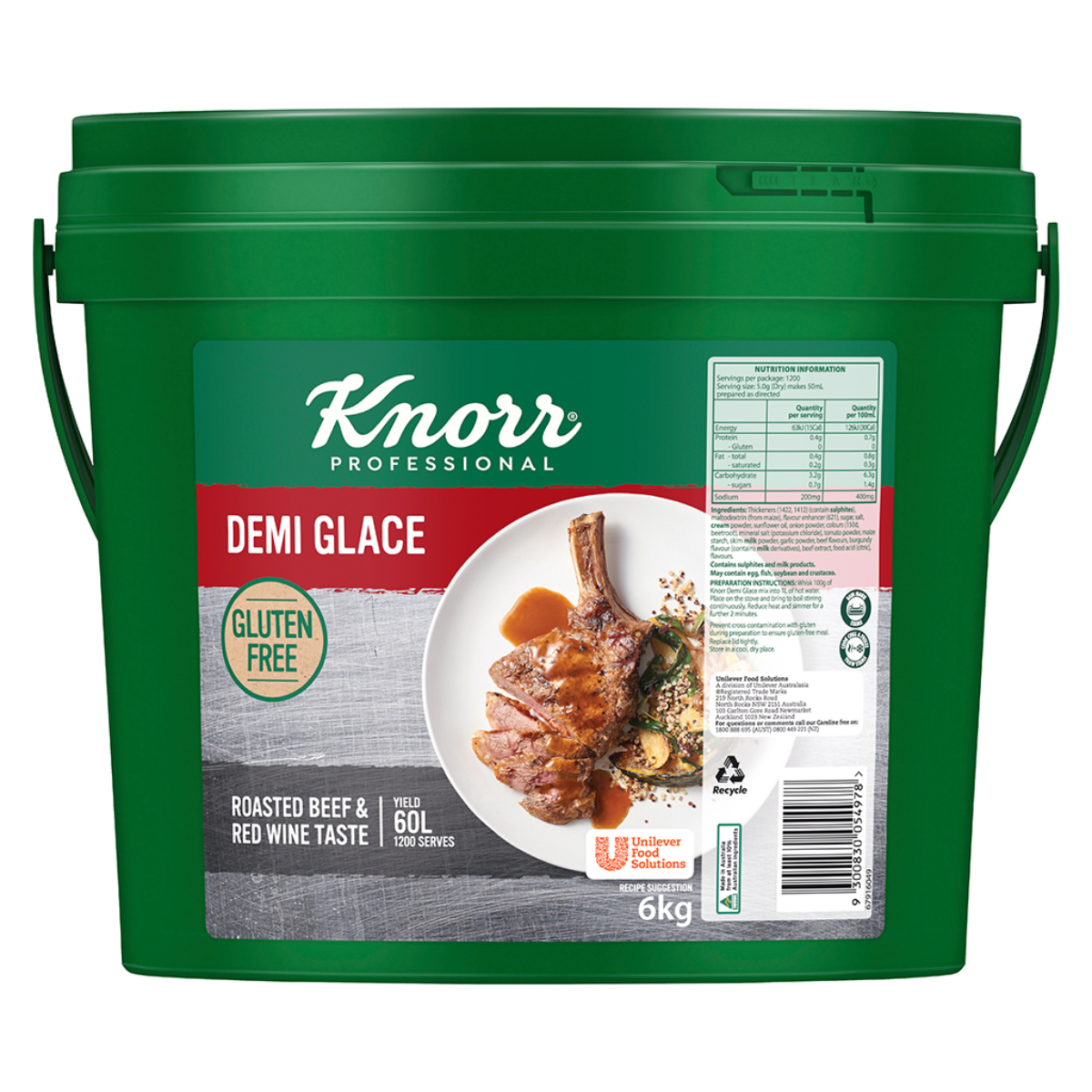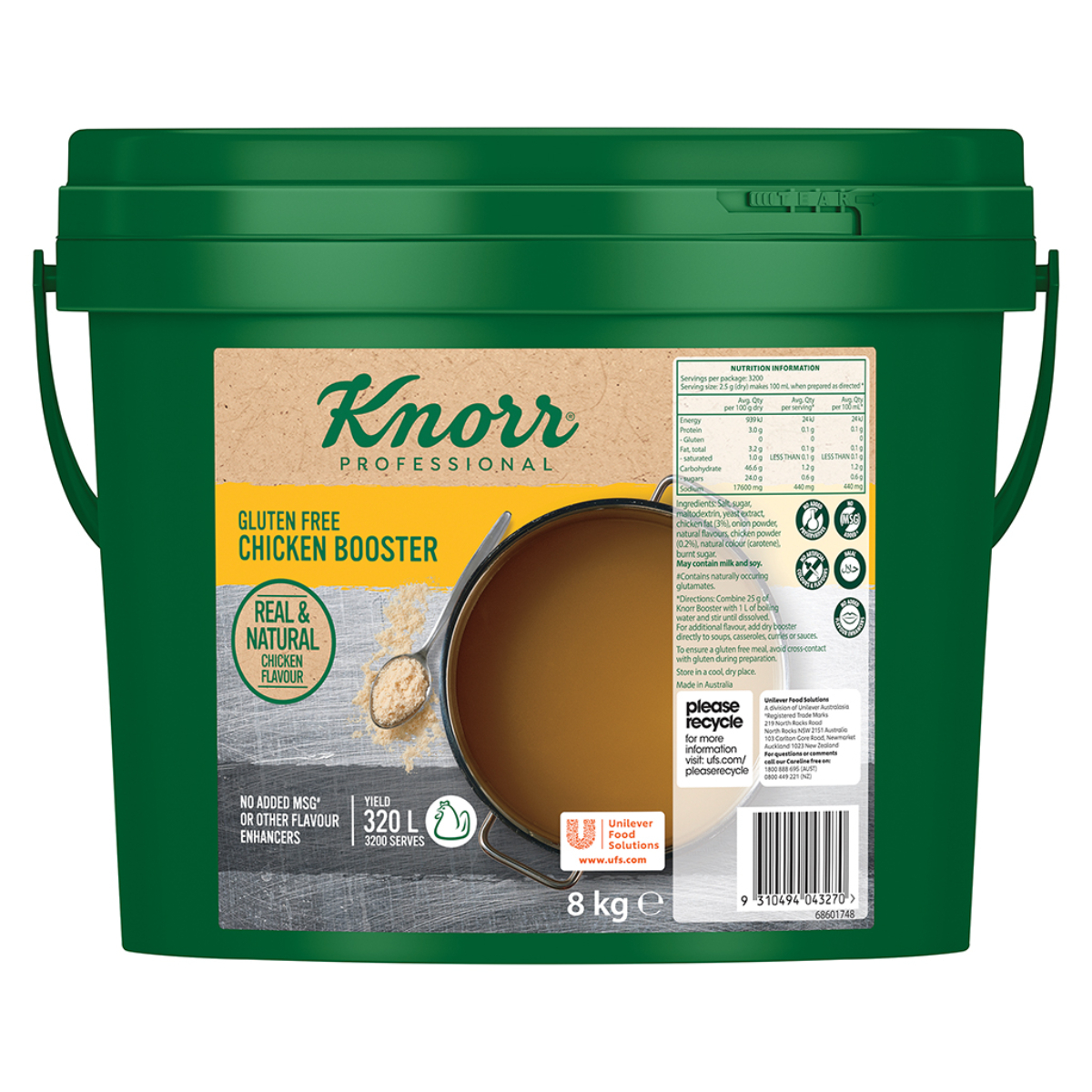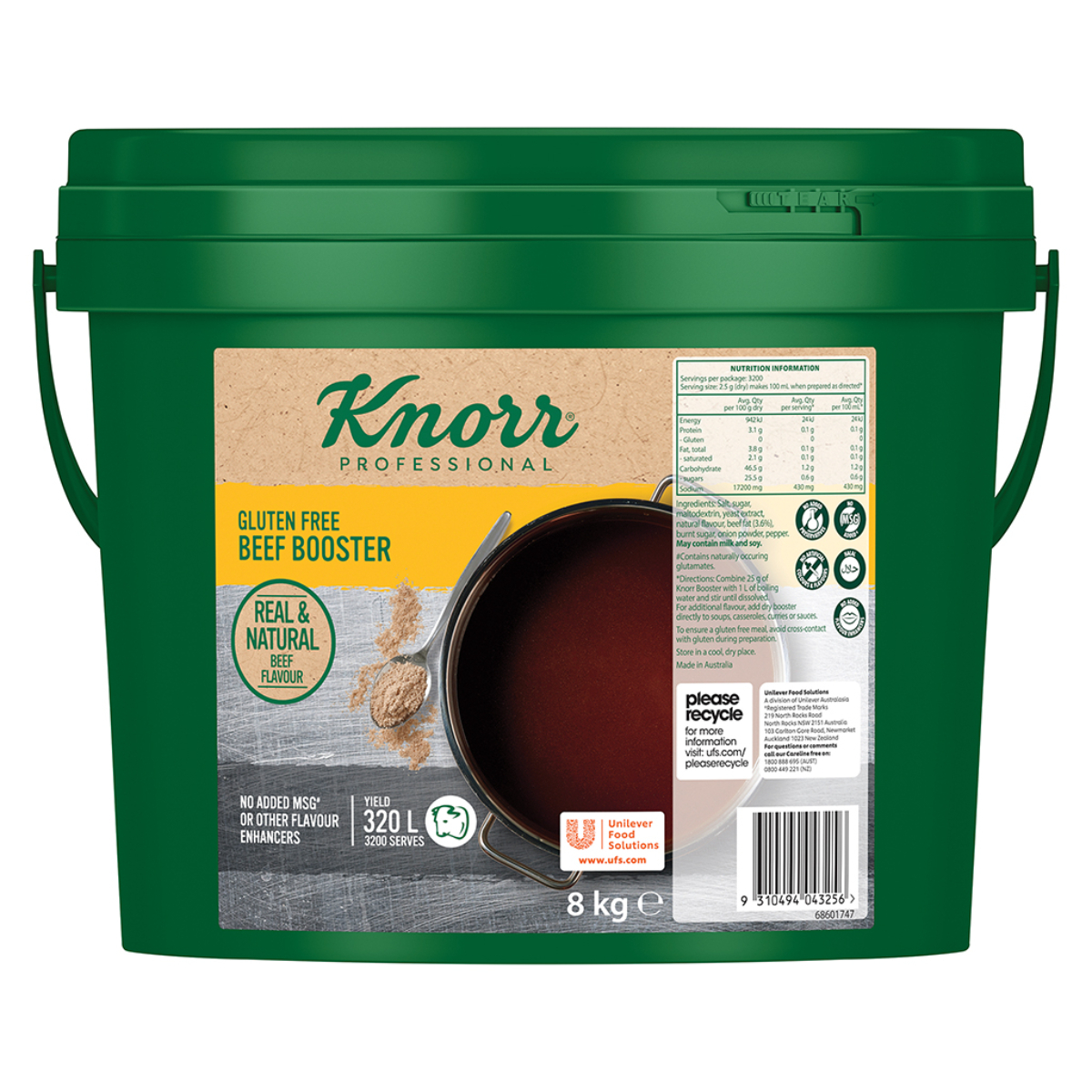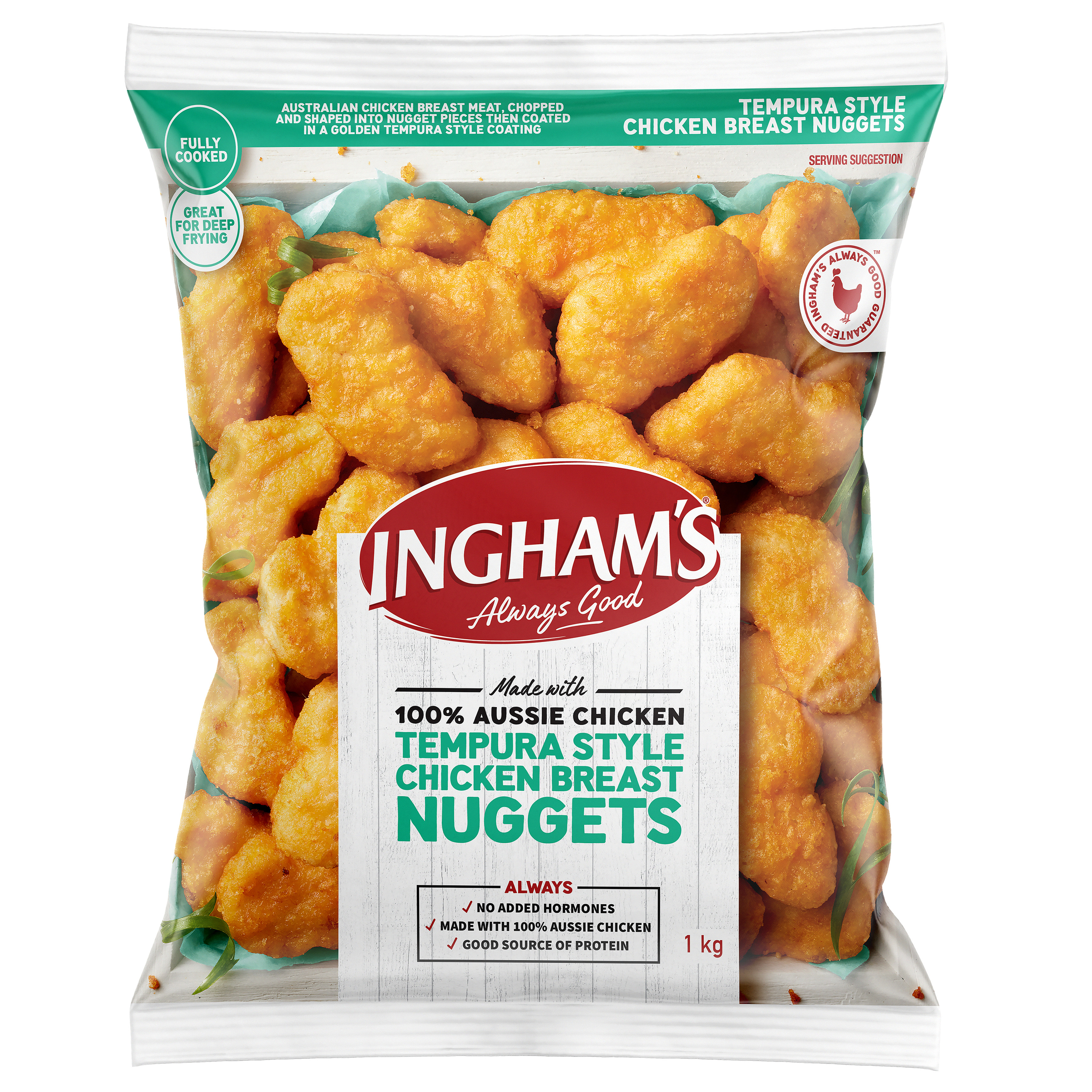Food allergies go well beyond a simple dislike for a food or an unpleasant intolerance. Food allergies can be life-threatening, which is why it’s vital hospitality staff members maintain tough allergen-safe conditions when working with food.
“Food allergy occurs when the immune system inappropriately mounts an immune response against a food allergen,” explains Associate Professor Jennifer Koplin, National Allergy Centre of Excellence Evidence and Translation Hub Lead and food allergy researcher.
“Food allergies often first develop in early childhood, although they can also occur later in life.” And while people can also grow out of their food allergies, adds Koplin, there is no cure for food allergy. “Management relies on strict avoidance of allergens,” she says.
How common are food allergies?
According to the Australasian Society of Clinical Immunology and Allergy, in 2023, food allergy occurs in around 5–10% of children and 2–4% of adults in Australia and New Zealand.
“Food allergy seems to be more common in Australia compared to many other countries around the world,” says Koplin. “It affects around 10 percent of infants at one year of age, and 4–5 percent of older children and adolescents. [That’s] one child in every classroom.”
While, technically, any food can cause an allergic reaction, some food allergens are more common than others. “In Australia, some of the most common food allergies are to egg, peanut, tree nuts and cow’s milk, but many other foods also cause allergic reactions,” says Koplin.
In fact, the 10 most common food allergens cause around 90% of allergic reactions, reports the Australian Institute of Food Safety. In addition to the above, these include lupin, soy, shellfish and fish, sesame, and wheat.
The rise in food allergies
Incidence of food allergy is on the rise, as are severe reactions – anaphylaxis caused by food has doubled in the past 10 years. “Food allergy seems to have become more common in the past 30–40 years, although we don’t have good studies from 30–40 years ago to measure this accurately,” explains Koplin.
“We do know that hospital admissions for food-related anaphylaxis (severe allergic reactions to food) in Australia increased substantially from the 1990s to the 2010s.”
It’s a trend that Enzo Frisini has noticed in his work as an Early Childhood Nutritionist and Chef. “Working in early childhood education over the last 20 years I have also noted a pattern of the difference between metropolitan and regional areas,” he says. “I have found children with food allergies and intolerances are more likely to be living in the CBD and surrounding suburbs.”
While a rise in allergies is evident, the question is: why?
“The cause of Australia’s rise in food allergy in recent years is unknown,” says Koplin. “However, we have identified several risk factors for food allergies, including infant diet and eczema. Introducing ‘allergenic’ foods, particularly peanut[s], to infants before they are one year of age reduces the risk that they will develop an allergy to that food.”
She continues, “Other environmental factors and factors related to our modern lifestyle may also contribute to higher rates of food allergy. Research is underway to investigate the role that these play in food allergy in Australia.”
What allergies mean for the food industry
There is no routinely available treatment for food allergies, says Koplin – and as such, management relies on strict avoidance of allergens.
“Even very small amounts of the food can cause allergic reactions in some people and allergic reactions can be severe and even life-threatening,” she says. “Current trials are testing different ways to build tolerance to allergens and retrain the immune system [but] these studies take time and results are still a while away”.
In the meantime, “helping people with food allergy to avoid the foods to which they are allergic is critical”.
Given that most food allergy-related fatalities occur when people are eating outside the home, it’s clear this is an important issue for food service professionals. For Frisini, the rise of food allergy “has changed the way we control and monitor our approach to effective health and safety procedures, documentation, and anaphylactic training”.
Strict procedures and protocols, which are enforced by federal and state and territory governments, must be followed within commercial kitchens to ensure the safety of anyone eating food produced within, he says.
Kitchens in the healthcare and education sectors, like the ones Frisini works within, are Class 1 certified, he explains. “This means they need to follow policy and procedures in place guided by food standard legislation for health and safety. It includes the best practice to control and monitor cross contamination of allergens in food production and service.”
Common traps to avoid
Even with governmental guidelines and best-practice procedures in place to protect those with food allergies, there are some common traps that can trip up those working in commercial kitchens, explains Frisini.
For instance, “it is important when purchasing bulk food items to note via the labelling the ingredients that are identified allergens,” he says.
According to Frisini, the most common mistakes related to food allergy cross contamination found in Class 1 kitchens are:
- The chef /food prep individual(s) not washing their hands thoroughly or not wearing protective personal equipment (e.g., gloves)
- Tools not properly sanitised or cleaned.
- Not using colour coded chopping boards, utensils, and knives
- Not labelling the food served with the appropriate allergen list for those receiving the food
- Not having updated photos or allergy lists for students
- Not having staff that are properly trained in managing food allergies
- Misreading supplied food ingredient lists
According to the Food Authority of NSW, education is key when it comes to food allergens in a commercial setting – and it might just save somebody’s life.
Putting in place practices such as storing food in clearly labelled containers, keeping surfaces, utensils and hands clean, reading labels and knowing your ingredients is a simple but crucial aspect of allergen management – and it may just save a life.






